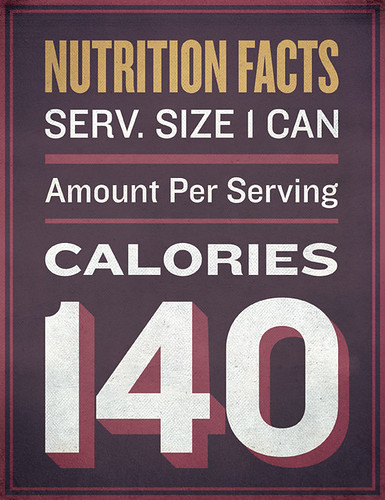By Richard Labaki
(RenYou) “I felt encouraged to contact you, because I have been told that you’re not the typical ‘eat cucumbers for lunch and lettuce for dinner’ type of therapist,” says the half German half Lebanese lady during our first meeting. “I love gourmet cuisine and I want to enjoy tasty food – caloric restriction is definitely not for me!” At the time, Hania Senno had just given birth to her daughter and was eager to get back in shape. My first response was that she came to the right place; I do believe in eating nutritious and tasty food and I disapprove the notion of starving oneself in order to get fit. However, I don’t take on cases whose sole intention is weight loss. My prime focus as a therapist has always been to improve health through natural means. And ultimately, a healthy lifestyle would lead to improved physical shape. But first and foremost, my mission is to boost well-being. “I love what I am hearing; let’s get down to it then,” she responds assertively.
As I have always done in the past, I treat each case differently for there is no cookie-cutter or one-size-fits-all solution. Every individual is a unique case, harboring a distinct set of genetic predispositions and health challenges. Initial tests uncovered various issues that needed to be addressed; most notable was chronic inflammation. There were also neurotransmitter imbalances that contributed to poor memory, impaired focus and less-than-optimal mood. But I assured Hania that all these problems could be and will be resolved through a well-devised nutritional plan. Natural supplements would be added to the mix in order to enhance further the healing process. Luckily, she had already resumed working out (hiring a personal trainer to help in improving her body composition and toning the muscles.)
Unknown to many, chronic inflammation is a major contributor to health problems and accelerated aging. And this is why it has been dubbed the “silent killer”. Under normal circumstances, inflammation plays an important role in the body, helping in the defense against invaders like microbes and assisting in the healing process in the wake of injuries. It is only when inflammation becomes chronic that it turns ugly. And this happens mainly due to various reasons including, high blood sugar, consuming the wrong kinds of dietary fats and simply being overweight. And guess what happens when you suffer chronic inflammation: It becomes harder for your body to shed body-fat!
Ten days after our initial meeting, Hania began on the customized program that I gave her. Not only was she allowed many of the foods she loved, but also she started savoring foods she had previously believed to be unhealthy and thus avoided. “Are you sure I can eat avocado, coconut oil and raw nuts on daily basis? I always hear that such foods make you fat,” she kept wondering. “I will give you a refund if you add one cm to your waist,” I kept easing her anxiety. And it wasn’t long before positive signs started surfacing. The bloating and digestive discomfort began to subside. A couple of weeks later, sleep patterns and energy levels were improving. But what surprised me the most is the level of commitment Hania has been demonstrating for over a year now – something I seldom witness in people trying to adopt a healthy lifestyle.
Many have this false concept about healthy living. To them, it means following a diet for only a short period in order to lose some weight or to detoxify the body. But this is a distorted perspective. Healthy living is about trying your best to eat clean for most part of the week and for the rest of your life. You cannot expect to be healthy doing a single month of healthy eating followed by eating badly for 11 months – it simply doesn’t work that way! If this is what you’ve been doing then do yourself a favor and stop wasting your time. Only when you decide that your health is your main priority and that you should start implementing healthy habits on daily basis would this work.
And this is a lesson Hania learned and embraced wholeheartedly. So how far did she make it into the program, you might wonder. Well let’s put it this way, she now flaunts an almost visible six-pack abs! Still not impressed? You should be, for this mother of three is in her early forties. If she can do it, you could too. So instead of thinking that you need to lose weight to be in good health, you should think the other way around: Be healthy and the body-fat will drop.





